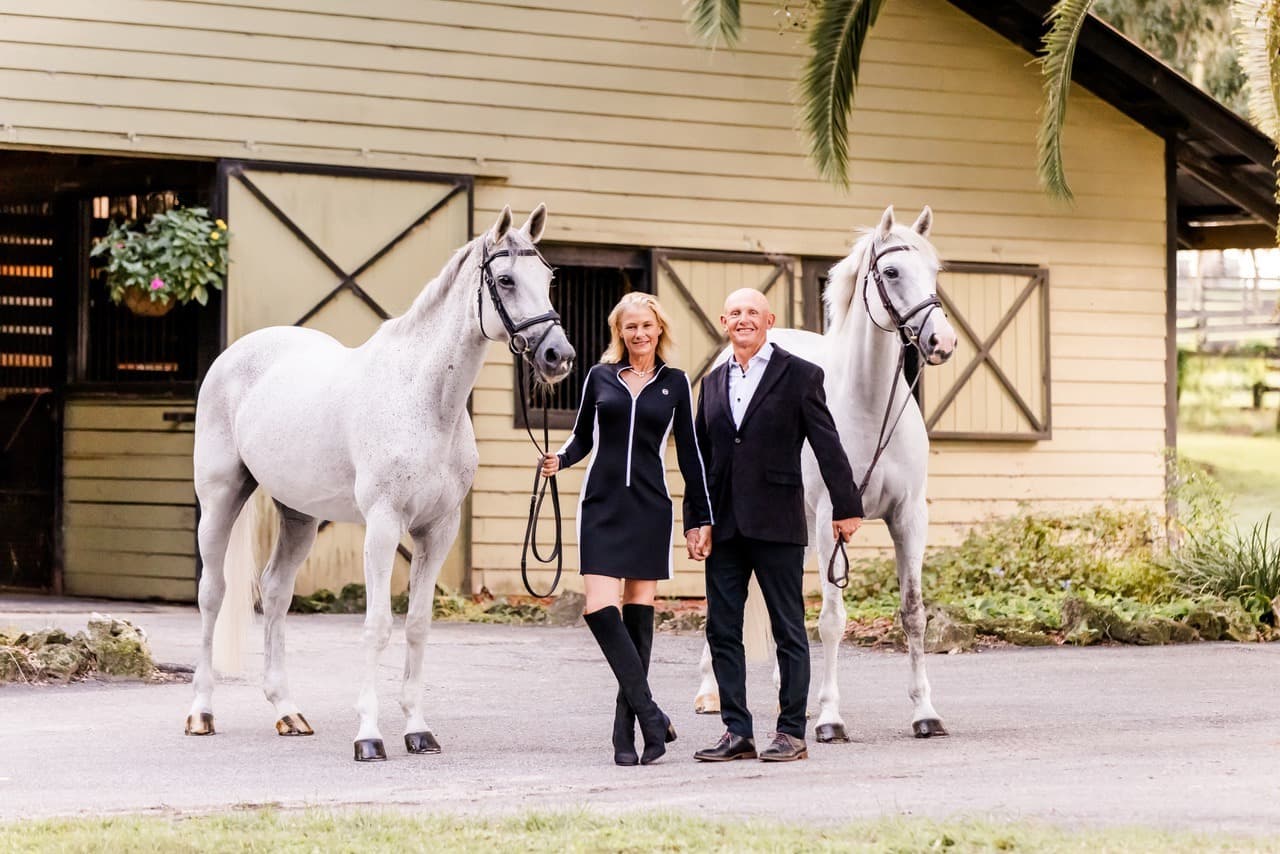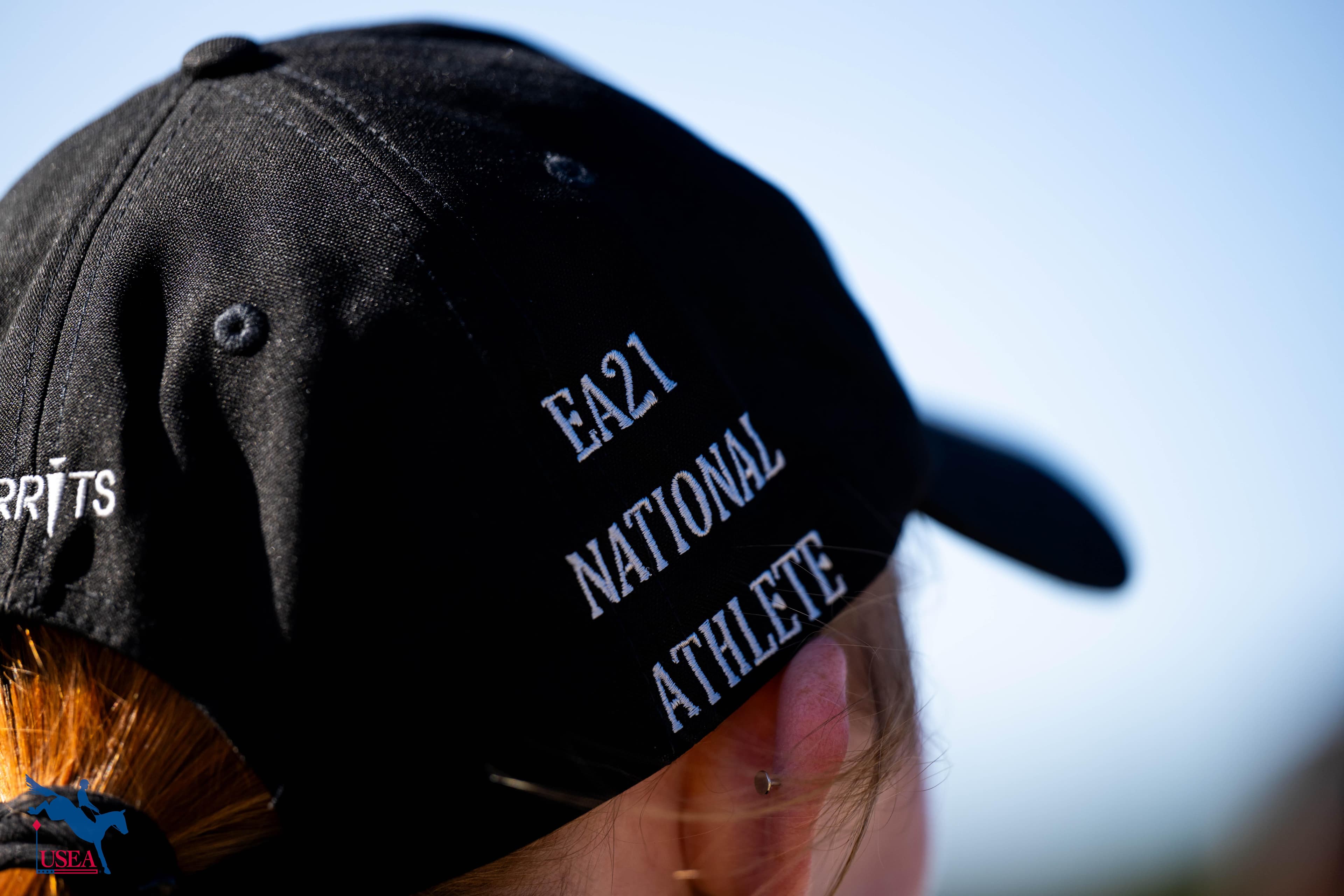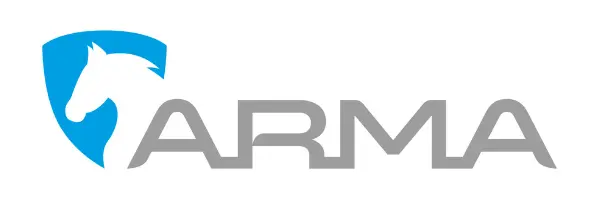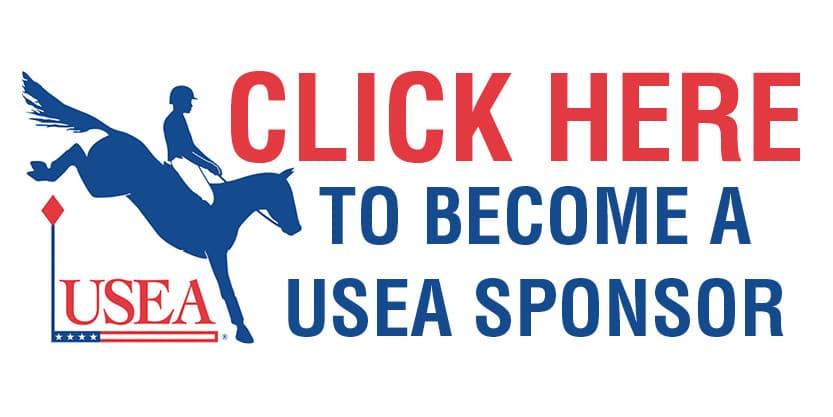Nailing No-Stirrup November with Ride iQ
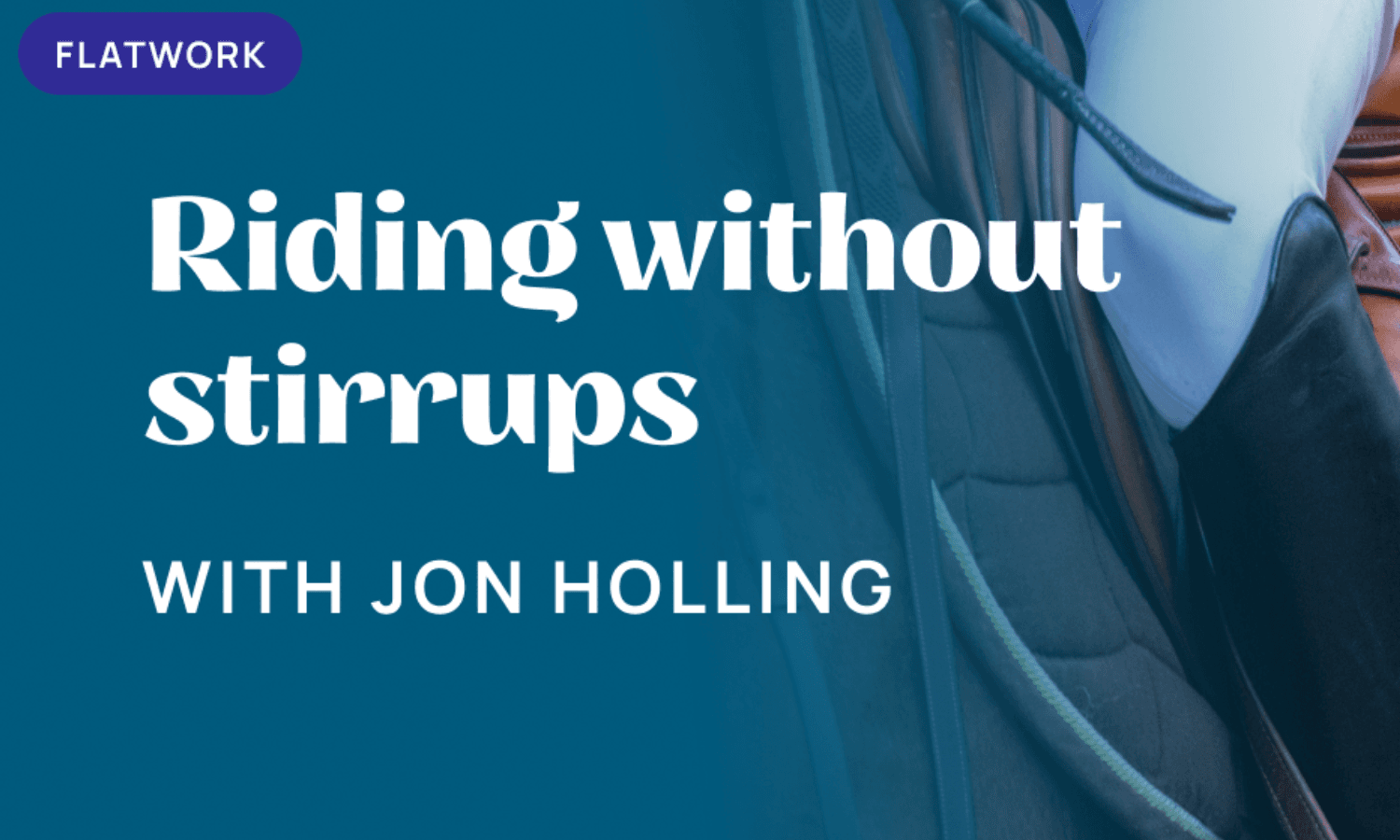
Every now and then, a video goes viral on social media of a rider heroically going around a show jumping or cross-country course with one, or no, stirrups. There’s a great one of Mark Todd going around Badminton with a broken stirrup, and you just wonder how on earth a course that difficult could be jumped like that—because it’s hard enough with two stirrups!
The answer is probably two-fold. First, adrenaline is an amazing thing—it is that extra bit of fuel that makes us hungry in the heat of competition. But second, these riders have so much cumulative fitness and balance that they are able to stay centered on their horses even when their equipment fails them. Building that cumulative fitness and balance takes tens of thousands of hours.
November is rolling around now, and as the competition season winds down, there are lots of people focusing on the fundamentals in the off season. No stirrup November is a great opportunity for riders to work on their legs and seat so they can build strength, fitness, and balance.
Ride iQ’s popular program series curates a series of lessons for users to complete as part of a cohesive program. The “Riding Without Stirrups” program features four lessons with coach Jon Holling. Each lesson builds upon the last, and the overall focus is on rider position and balance. Jon emphasizes that to be in the correct position, the rider has to be elastic and move with their horse. While the first two lessons focus on walk and sitting trot respectively, the third and fourth lessons ramp up the difficulty with a spiraling exercise in canter and some lateral work and counter canter. What is great about these lessons is that they gradually increase in difficulty. Remember, you can always repeat any lesson you would like to repeat on Ride iQ—that is the beauty of pre-recorded lessons. You may not be able to counter canter without stirrups, but almost everyone can do basic walk-work without stirrups. Start slow, and increase the difficulty as you get more comfortable.
I always find that riding without stirrups allows me to feel closer to my horses. When we cannot rely on our stirrups for balance, we have to find our center of gravity in our core and our seat. I also find that my legs seem to lengthen when I take away my stirrups, allowing me to wrap my legs around my horses better.
While no rider hopes to have an equipment failure on course, sometimes those things do happen, and we have to be prepared to ride without stirrups. Practicing without stirrups is even more broadly helpful because it improves our seat, balance, and strength—which in turn makes us better even when we have our stirrups.
Learn more and subscribe to Ride iQ at rideiq.com.


